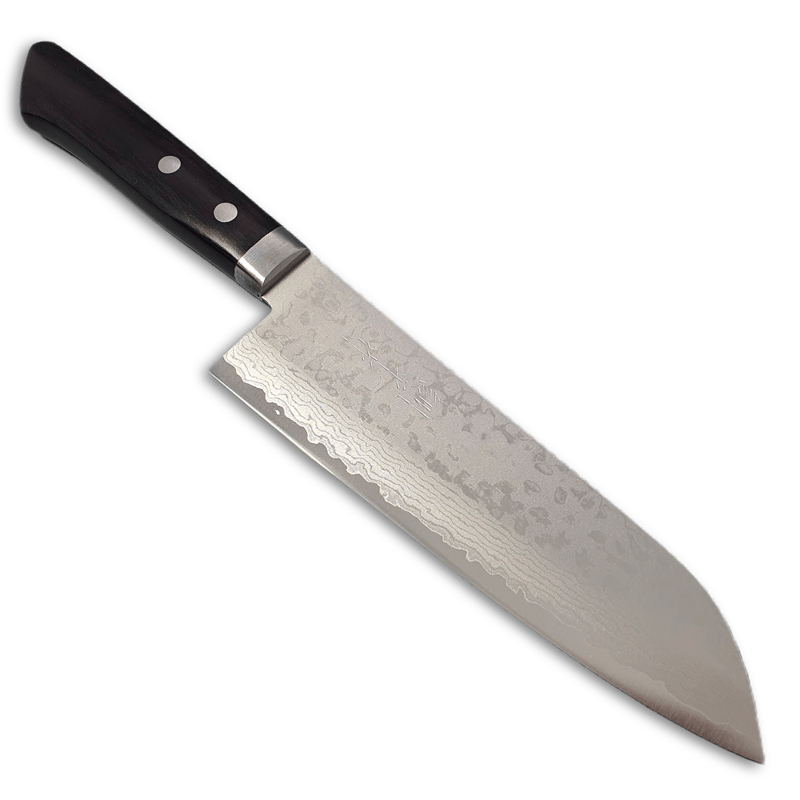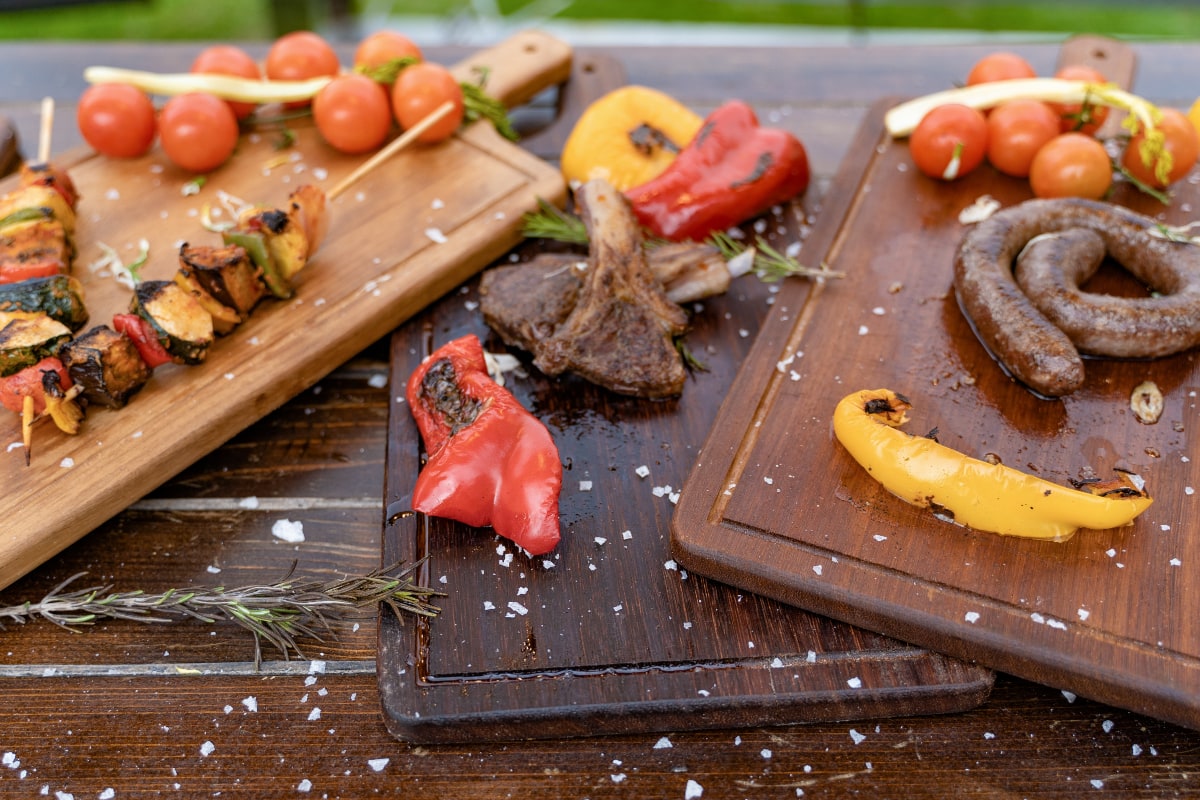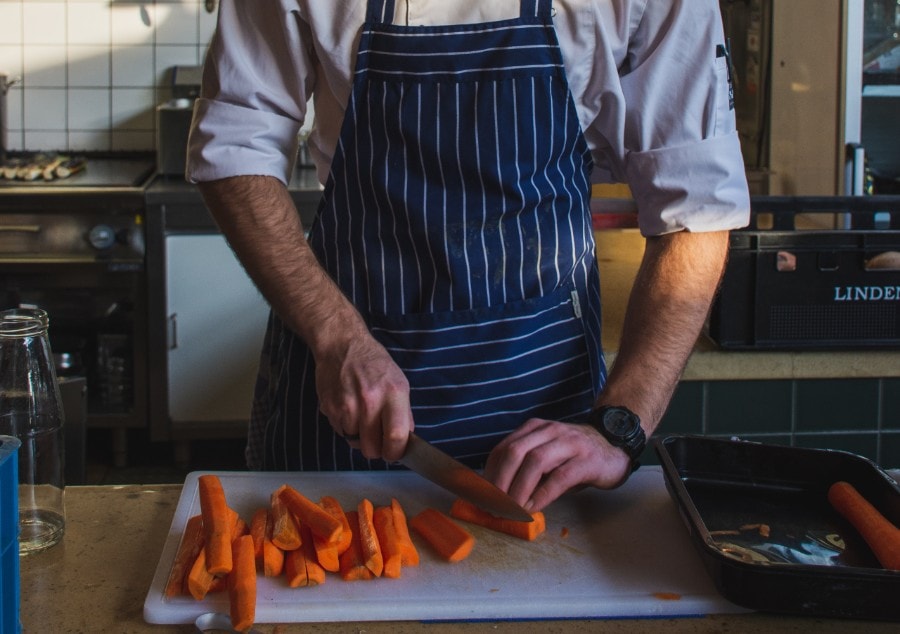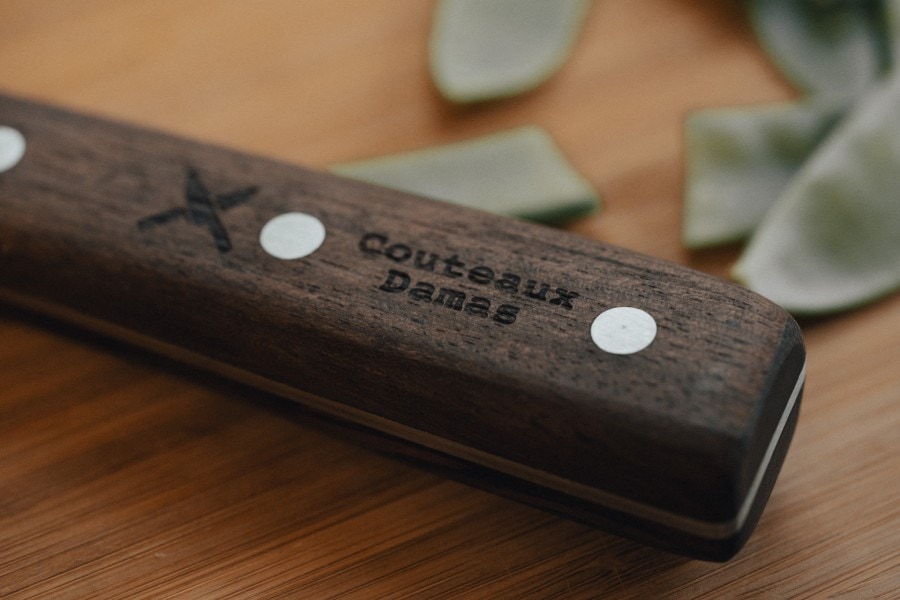There’s an old saying that a chef is as good as their tools. The heart of a professional kitchen lies not just in the hands of its chefs, but equally in the quality of the tools they use. One of these pivotal tools is the kitchen knife. But choosing the right commercial kitchen knife for your restaurant isn’t just about aesthetics or price—it’s an intricate dance of balancing functionality, durability, and ease of use. In this comprehensive guide, we will walk you through the intricacies of making this crucial choice for your restaurant kitchen.
Understanding the Commercial Kitchen Knife
A commercial kitchen knife, often simply referred to as a chef’s knife, is an essential tool of any commercial kitchen equipment, that combines various design elements to facilitate a wide range of cutting tasks. It is the workhorse of the kitchen, designed to withstand heavy use in a fast-paced, high-volume commercial setting. With its broad and sharp blade, a commercial kitchen knife can perform tasks as diverse as dicing vegetables, chopping herbs, and slicing meat.
Considerations for Selecting a Commercial Kitchen Knife
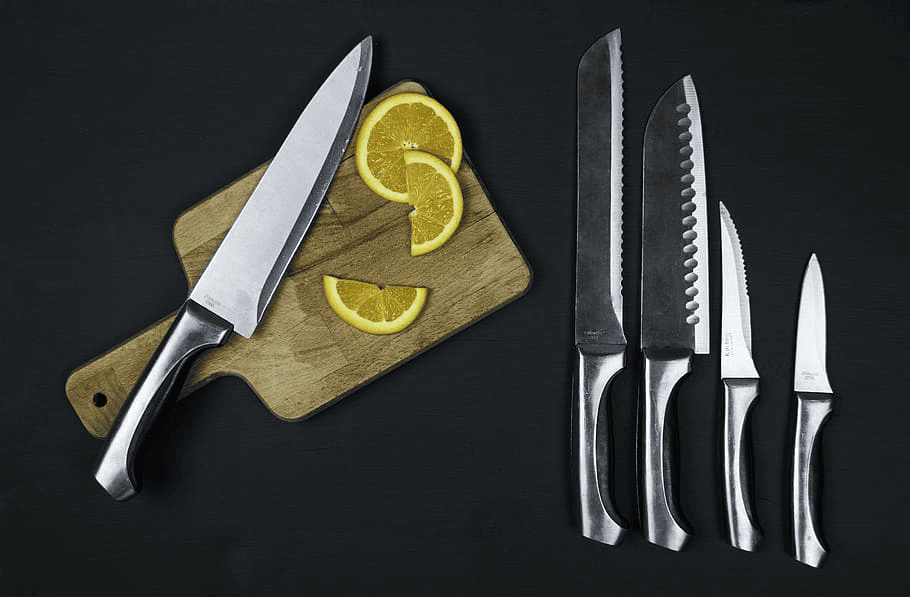
When you’re buying a commercial kitchen knife, it’s not enough to simply pick the first knife you see. There are several key considerations that should guide your selection.
Material of the Knife
The material of the knife plays a crucial role in its performance and longevity. Broadly speaking, knives are made from either stainless steel or high-carbon steel.
- Stainless Steel Knives are resistant to rust and corrosion, making them a durable choice. They typically require less maintenance, but they might not hold their edge as well as high-carbon steel knives.
- High-Carbon Steel Knives are known for their exceptional sharpness and edge retention. However, they require more maintenance as they are prone to rust and staining if not properly cared for.
Type of Blade Edge
The type of blade edge affects how the knife interacts with the food it’s cutting.
- Straight-edged knives are versatile and can perform a wide range of tasks. They excel at precision tasks like chopping vegetables and slicing meat.
- Serrated edged knives, with their saw-like edge, are ideal for slicing bread or other foods with a hard exterior and soft interior.
Weight and Balance
The weight and balance of the knife should be considered in tandem.
- Weight plays a significant role in the control you have over the knife. A lighter knife might be easier to maneuver, but a heavier knife could provide more force for cutting.
- Balance is about how the weight of the knife is distributed. A well-balanced knife feels comfortable and stable in your hand, reducing fatigue during long periods of use.
Handle Comfort and Safety
Handle comfort and safety are also vital considerations.
- Comfort: Look for a handle that feels comfortable in your hand. It should not be too large or too small, and it should be ergonomically designed to fit your hand shape.
- Safety: The handle should provide a secure grip, even when wet. It should also feature a finger guard for added safety.
Importance of Knife Maintenance
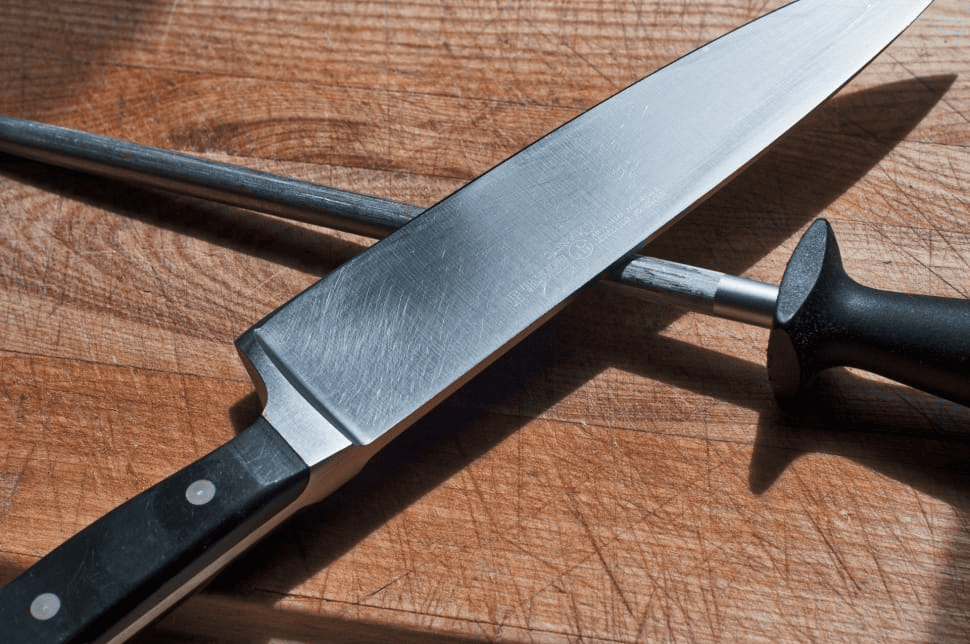
Maintaining your commercial kitchen knife is just as important as selecting the right one. Proper care can extend the lifespan of the knife and ensure that it performs at its best.
- Regular Sharpening: Regular sharpening keeps the knife’s edge sharp, reducing the need for unnecessary force and promoting safer cutting practices.
- Proper Cleaning: Cleaning the knife properly after each use can prevent food and bacteria buildup and help avoid rust and corrosion.
Safe Storage: Storing the knife safely ensures it doesn’t get damaged or pose a risk in the kitchen. Utilize a knife block, magnetic knife strip, or protective sheath to keep the knife secure and maintain its edge.
Service and Warranty
Especially in a commercial setting, you want a knife that comes with a reliable warranty and good customer service. In the event that the knife gets damaged or wears out prematurely, a solid warranty can save you from having to replace it entirely out of pocket. A brand that offers excellent customer service can also provide valuable advice and support when it comes to maintaining and caring for your knife.
The Role of Price and Brand

Price and brand are not the first factors to consider, but they should not be overlooked.
Price
Commercial kitchen knives can vary widely in price, from budget options to premium ones. While it may be tempting to opt for the cheapest option, remember that a higher-priced knife often reflects superior materials, craftsmanship, and performance. Investing in a high-quality knife can save you money in the long run by reducing the need for frequent replacements.
Brand
The brand of the knife can also serve as a signal of quality. Renowned brands such as Couteaux Damas often have years, if not decades, of experience in crafting kitchen knives and have built a reputation for quality. Researching brands and reading reviews can help you make a more informed choice.
Conclusion
Choosing the right commercial kitchen knife for your restaurant is a multifaceted task, where various factors need to be weighed and considered. The material and type of the blade, the weight, balance, handle comfort, and safety are critical factors that determine how the knife performs. Additionally, knife maintenance, service and warranty, price, and brand are also important considerations. By considering these factors, you can choose a kitchen knife that not only meets your specific needs but also elevates your kitchen’s functionality and efficiency. Remember, the right knife isn’t just a tool—it’s an extension of the chef’s hand.
